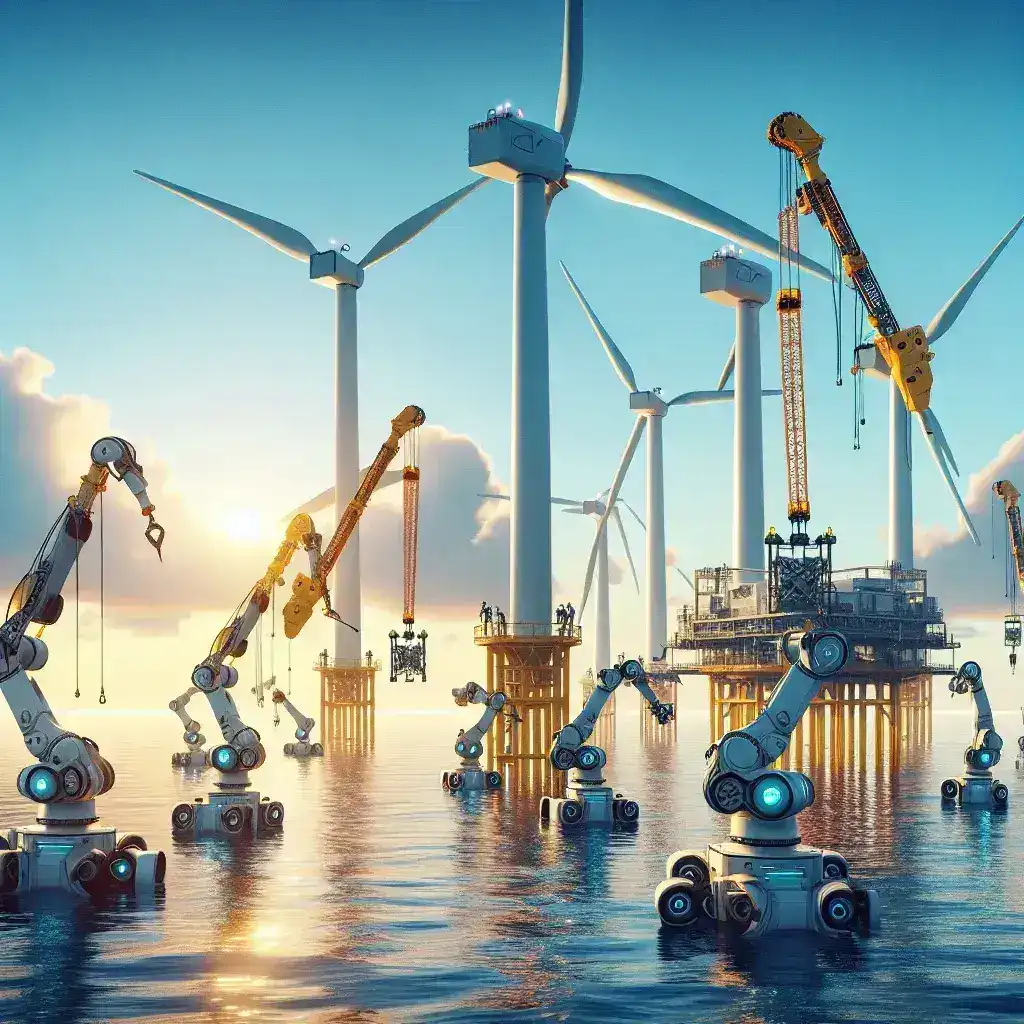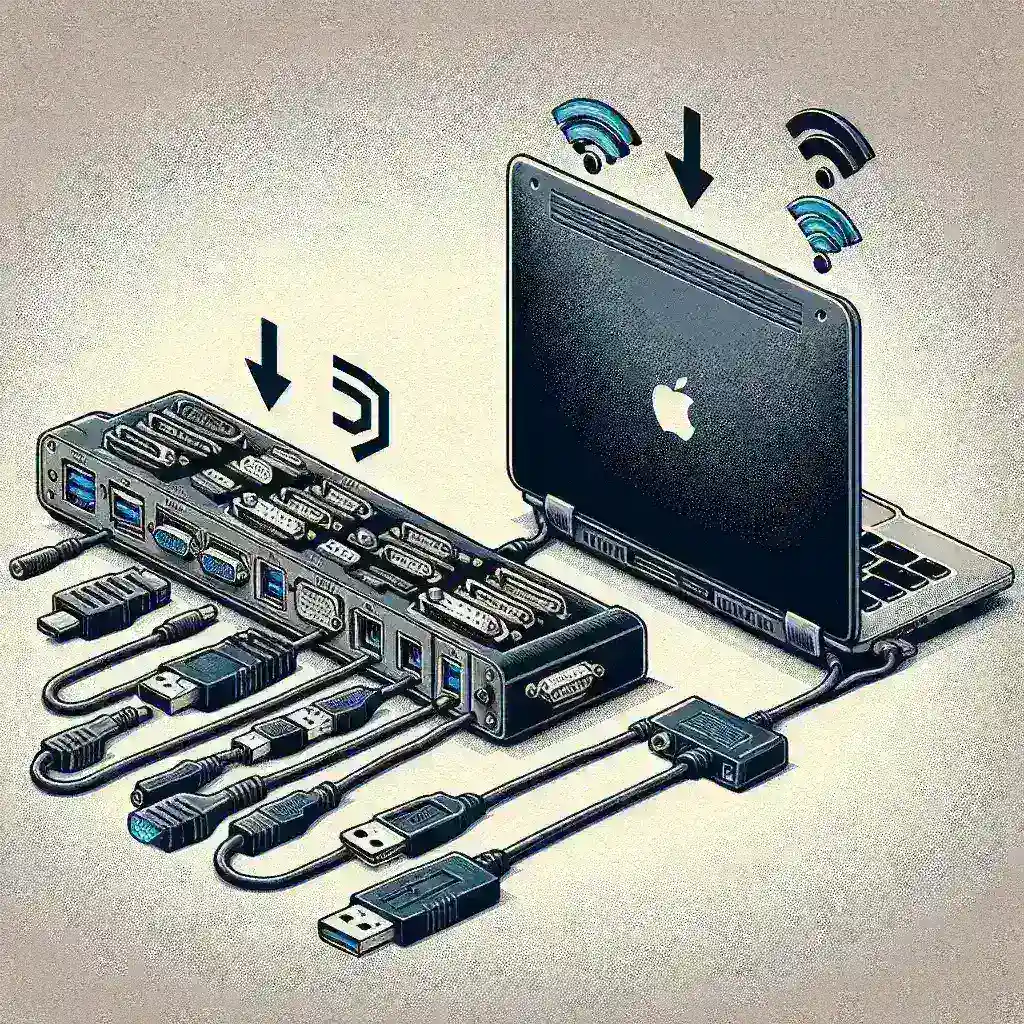Introduction
The advent of artificial intelligence (AI) and robotics has revolutionized numerous industries, and the construction of offshore wind farms is no exception. These innovative technologies are now enabling autonomous robots to take on complex tasks in challenging marine environments. This article delves into how AI-powered robots are constructing offshore wind farms autonomously, examining their benefits, challenges, and the future of renewable energy.
The Rise of Offshore Wind Energy
Offshore wind energy has seen significant growth over the last few decades. According to the Global Wind Energy Council, offshore wind capacity has increased from 4.2 GW in 2000 to over 35 GW in 2020, with projections estimating it could reach 234 GW by 2030. The increasing demand for renewable energy sources, combined with technological advancements, has made offshore wind farms an attractive solution for sustainable energy production.
Why Offshore Wind?
- High Energy Potential: Offshore winds are typically stronger and more consistent than onshore winds.
- Space Availability: Vast areas of the ocean are available for wind farm development, reducing land-use conflicts.
- Environmental Impact: Offshore wind farms can minimize noise and visual pollution compared to land-based installations.
AI-Powered Robotics in Construction
The construction of offshore wind farms is a complex process involving various stages, including site assessment, foundation installation, and turbine assembly. Traditional methods often face challenges such as adverse weather conditions, logistical difficulties, and the need for skilled labor. Here, AI-powered robots step in to revolutionize the process.
Autonomous Robots: The Game Changers
Autonomous robots are equipped with advanced AI algorithms that allow them to perform tasks without human intervention. They can analyze data, make decisions, and execute construction activities with high precision. Some of the key roles these robots play include:
- Site Surveying: Using drones and underwater robots, AI systems can gather data about the seabed, map out suitable locations for turbines, and assess environmental conditions.
- Foundation Installation: Robots designed for specific construction tasks can autonomously install foundations and secure them to the seabed.
- Turbine Assembly: Robotics can streamline the assembly process of large turbine components, ensuring efficiency and safety.
Advantages of Using AI-Powered Robots
The integration of AI and robotics in offshore wind farm construction brings several advantages:
1. Increased Efficiency
Robots can operate continuously, reducing the time needed for construction and allowing projects to be completed ahead of schedule. Additionally, they can work in adverse conditions that would be unsafe for human crews.
2. Cost Reduction
By minimizing human labor requirements and enhancing efficiency, companies can significantly reduce overall project costs. Autonomous robots can also lower the risk of accidents, which can lead to costly delays.
3. Precision and Quality Control
AI algorithms enable robots to perform tasks with remarkable accuracy, reducing the likelihood of errors and ensuring high-quality construction standards.
Challenges in Implementing Robotics
Despite the numerous benefits, the deployment of AI-powered robots in offshore wind farm construction is not without challenges:
1. Technical Limitations
Current technology may not fully address all tasks required for construction. Continuous advancements in robotics and AI are necessary to improve their capabilities.
2. High Initial Investment
The initial costs for developing and deploying robotic systems can be substantial; however, these costs can be offset by long-term savings.
3. Regulatory Hurdles
As regulations regarding construction and environmental protection become more stringent, navigating these legal frameworks can pose challenges for companies looking to incorporate robotics.
The Future of Offshore Wind Farms
The future of offshore wind farms looks promising with the continued evolution of AI and robotics. Experts predict that by 2050, offshore wind could supply up to 30% of global energy demand. This shift will require further investment in research and development to enhance robot capabilities and improve efficiency.
Predictions for the Next Decade
- Expansion of autonomous technologies in more complex tasks.
- Increased collaboration between AI developers and energy companies.
- Greater emphasis on sustainability and reducing carbon footprints.
Case Studies: Successful Implementations
Several companies are already harnessing the power of AI and robotics in offshore wind farm construction:
1. Ørsted
Ørsted, a leading energy company, has implemented autonomous drones for site surveying, significantly speeding up data collection and analysis.
2. Siemens Gamesa
This company utilizes robotic systems for the assembly of wind turbine components, enhancing precision and reducing construction time.
3. GE Renewable Energy
GE has deployed AI algorithms to optimize turbine performance and predict maintenance needs, leading to lower operational costs.
Conclusion
AI-powered robots are set to transform the construction of offshore wind farms, enhancing efficiency, reducing costs, and improving safety. As technology continues to develop, we can expect to see even more sophisticated applications in this sector, paving the way for a sustainable energy future. The integration of robotics not only promises to streamline construction but also ensures that we can meet the growing energy demands while minimizing environmental impact. As we move towards a greener future, the role of AI and robotics in offshore wind energy will undoubtedly be pivotal.




